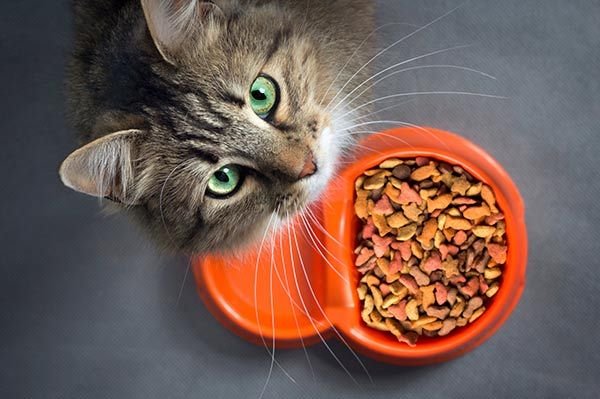Last Updated on February 16, 2024 by Nasir Hanif
Owning a cat is a wonderful experience, and many people choose cats because they are independent, affectionate, and downright silly sometimes. But, many owners are reluctant to own a cat because, by nature, it will scratch. Not only can scratching be painful for family members, but a cat can scratch furniture and inflict a great deal of damage. While declawing may be an option, many cat owners are surprised at the brutality of declawing a cat. Let’s examine this surgical procedure and explore some safer declawing alternatives.
Why Do Cats Scratch?
Scratching is a natural behavior that cats will instinctively do. This behavior can have several implications, allowing a cat to express its emotions, reduce stress, or release fermions and scents onto particular objects. Plus, scratching is utilitarian and can help keep nails short or loosen the dead part of their nails, promoting healthy nail growth. Or, sometimes, cats like to enjoy a good stretch.
Declawing Surgery
The process of declawing a cat is a long and painful surgery. The act of declawing a cat involves removing the claw and the bone where the claw attaches. The surgery can be compared to removing the first knuckle on a human hand. Not only can declawing be a painful experience for the cat, but it can lead to ongoing painful joint conditions. By removing the top bone on the paw, cats will change their gait and develop arthritis or joint conditions later in life.
What Is a Tendonectomy?
Comparatively, many cat owners will opt for a tendonectomy surgical procedure. While this surgery is often billed as a milder alternative to surgically removing your cat’s claws, this surgery is just as painful for your cat. A tendonectomy removes the tendon, allowing your cat to extend and retract the claws. By eliminating this tendon, your cat cannot open the claws, eliminating the need to scratch. However, a tendonectomy has serious health implications for your cat that will last a lifetime.
Alternatives to Declawing Your Cat
Luckily, there are several safe alternatives to declawing your cat that will allow your cat to stay safe and healthy while still keeping your furniture safe. Some viable solutions to a scratching cat include:
- Keep the Nails Short – Keeping the nails trimmed short will eliminate the need for cats to scratch to remove dead parts of the nail. Clipping the nails can be done at home or by a professional groomer.
- Provide Acceptable Scratching Locations – Give your cat acceptable areas to scratch. You should include a variety of surfaces to give your cat options. Cats love scratching traditional scratching posts lined with carpeting or twine or will scratch at corrugated cardboard.
- Positive Reinforcement – Reward your cat for scratching in good locations. Although many believe you cannot train a cat, rewarding good behavior and creating ongoing positive behaviors is possible.
- Nail Caps – Investing in nail caps for your cat is an excellent option to protect your furniture. These caps are made of thick plastic and go over the top of your cat’s nails. You’ll usually need a professional groomer to place the nail caps properly, but they can last for several weeks before they need to be replaced.
- Provide Enrichment – Sometimes, cats will scratch because they are bored. Be sure to give your cats plenty of toys and interactive enrichment opportunities to keep its mind busy.
Declawing a cat with traditional surgeries is quickly becoming outlawed in several states due to the long-term adverse medical implications the surgery has on your cat. Always consider alternatives to declawing your cat to keep your cat healthy for an entire lifetime.
Overview
Declawing a cat is a surgical procedure involving removing the claw and the attached bone from a cat’s toe. While this procedure is common in many parts of the world, it is considered unethical and inhumane by many animal welfare organizations.
Declawing a cat can have several negative effects on the cat’s health and behavior. The procedure can cause pain, bleeding, and infection, and it can also lead to long-term problems such as arthritis and difficulty walking. In addition, declawing can significantly impact a cat’s natural behavior, including its ability to climb, balance, and defend itself. Cats who have been declawed may also become more prone to biting as a means of self-defense since they can no longer use their claws.
Many countries and cities have banned declawing due to concerns about animal welfare. Several states have banned the procedure in the United States, and many veterinarians refuse to perform it. Instead, experts recommend that cat owners focus on providing their cats with appropriate scratching surfaces and training them to use them. This can help prevent destructive scratching while also allowing cats to engage in their natural behaviors. Overall, declawing a cat is a serious decision that should not be taken lightly, and alternative solutions should always be considered first.
















